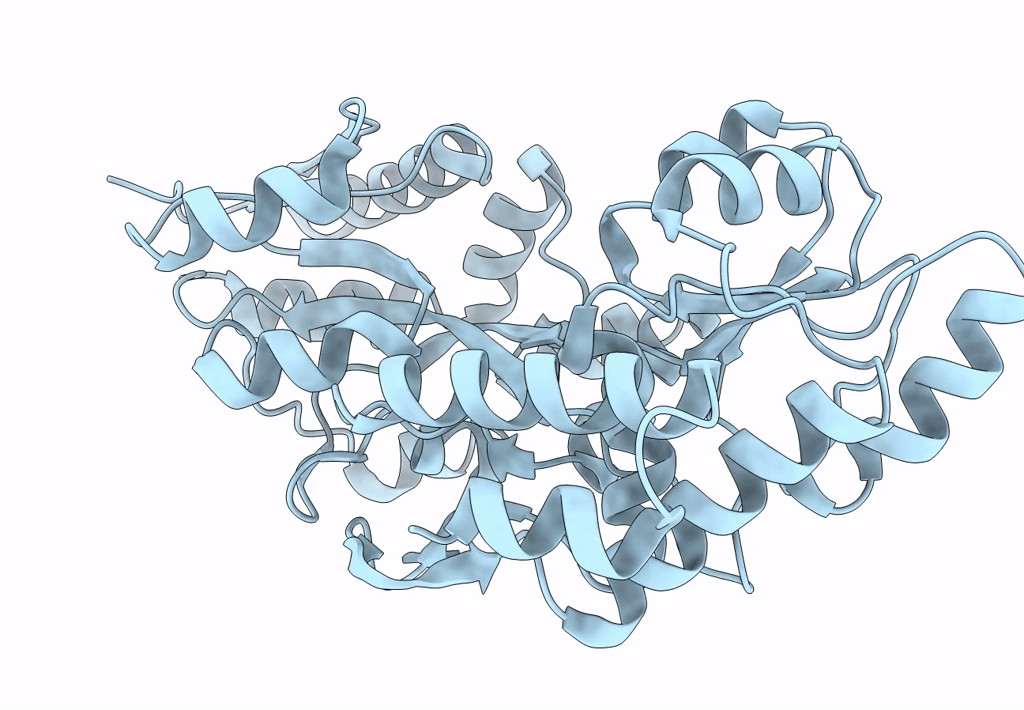
Deposition Date
2022-11-06
Release Date
2023-03-22
Last Version Date
2024-05-22
Entry Detail
PDB ID:
8F23
Keywords:
Title:
The crystal structure of a rationally designed zinc sensor based on maltose binding protein - Apo conformation
Biological Source:
Source Organism:
Escherichia coli (Taxon ID: 562)
Host Organism:
Method Details:
Experimental Method:
Resolution:
1.93 Å
R-Value Free:
0.22
R-Value Work:
0.18
R-Value Observed:
0.19
Space Group:
P 1 21 1


